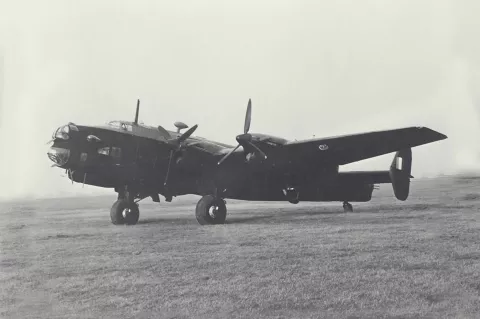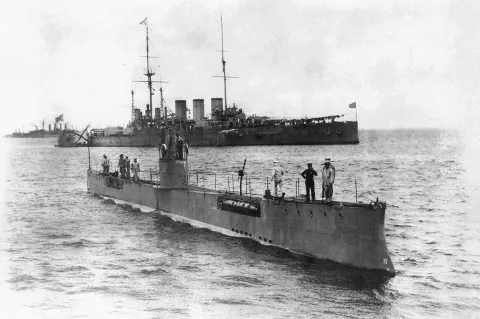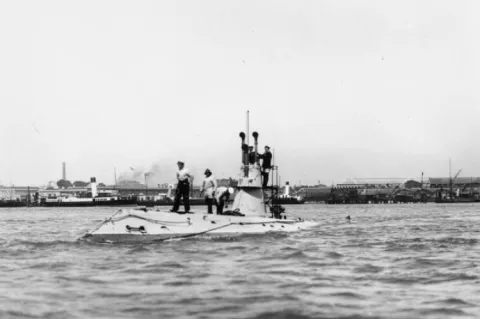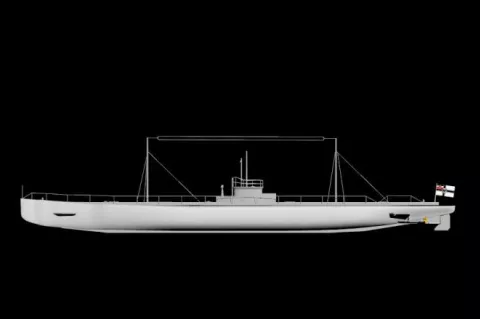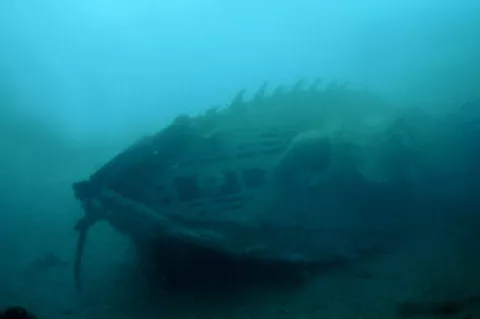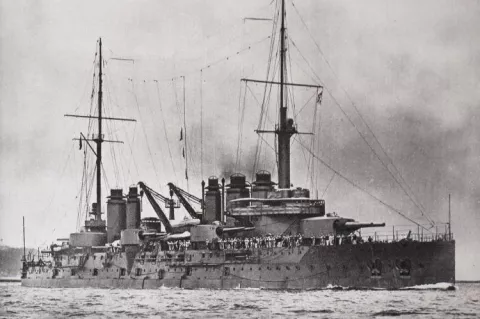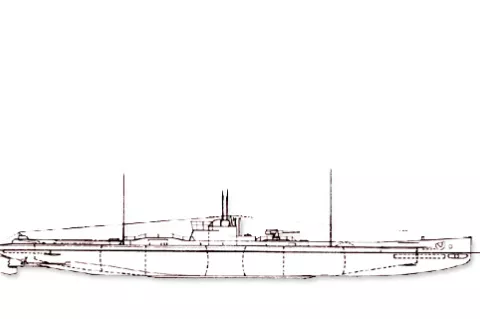WW2 British bomber found in Norwegian fjord
The Halifax bomber was struck by heavy flak and made a successful crash landing 600ft down a water inlet in northern Norway.
The sunken bomber will be protected as a war grave because of the likelihood of the remains of the two airman still being on board. Four of the six-man crew bailed out into a dingy but nothing was ever seen of navigator, Flight Sergeant Albert Columbine, or wireless operator, Arthur Evans. It is believed they drowned when the bomber went down.
- Read more about WW2 British bomber found in Norwegian fjord
- Log in to post comments

